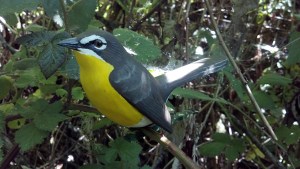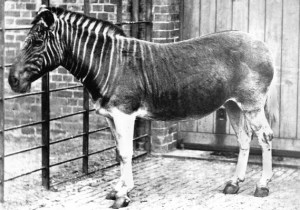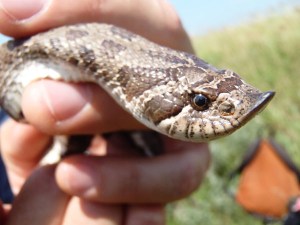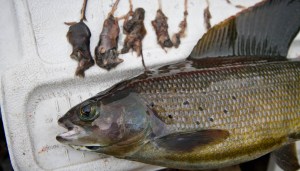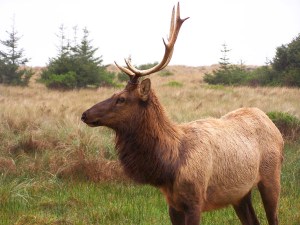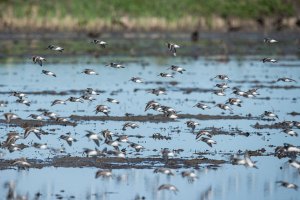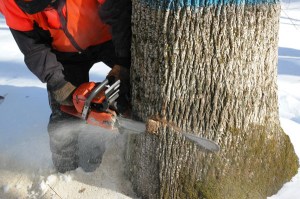Discover stories in Biodiversity
Bison Return to Nachusa: A Behind-the-Scenes Look at Reintroduction
Join our behind-the-scenes look at the science, restoration and planning necessary for a successful bison reintroduction.
Decoy: How Fake Birds Aid Real Research
To get a bird in the hand, you have to catch it first. One of the bird researcher's most trusted bird catching tools is the decoy — a fake bird. Ornithologist Joe Smith on why real birds so often fall for their wooden and paper mache likenesses.
Quagga: Can an Extinct Animal be Bred Back into Existence?
In South Africa, there's an ambitious effort underway to restore the quagga. The one complicating factor? Quaggas have been extinct since the 1800s. Is this innovative conservation at its finest, or an expensive gimmick?
Safe(r) Spaces for Species under Climate Change
Climate change might change everything for conservation. How can we protect biodiversity as species move & adapt? New study says conserve "flexible" landscapes.
You Won’t Forget the Mega-Footed Malleefowl
Ever heard of a malleefowl? You’ll never forget it after reading about their big feet, huge nests, and chicks born fully feathered that can fly within 24 hours.
Enjoy the Fall Migration: Your Guide to Bird Observatories
The fall bird migration is underway. And there's no better way to enjoy the spectacle -- and help science -- than to visit a bird observatory near you. Ornithologist Joe Smith gets you started.
Tracking a Secretive Snake on the Prairie
The plains hog-nosed snake -- does it think it's a cobra, or a possum? Researchers are finding a lot of surprises tracking this mysterious grasslands creature on Minnesota's Chippewa Prairie, near a Nature Conservancy preserve.
Big Gulp: How Often Do Trout and Grayling Eat Mammals?
Many anglers know that trout eat the occasional mouse or shrew. But how often does this actually occur? New research from Bristol Bay on the dietary habits of rainbow trout and grayling suggests this answer: More often than you think.
10 Great State Parks for Wildlife
Sure, national parks get all the press. But across the United States, state parks offer incredible opportunities for birders, wildlife photographers and other naturalists. Here are ten of the best.
A Renter’s Market: BirdReturns Offers Innovative Conservation
How can conservationists protect one million acres of migratory bird habitat in Central California, particularly when that property is highly valuable agricultural land? The solution: Pop-up wetlands.
Beavers Versus Old Growth: The Tough Reality of Conservation
If ecologically important but abundant native beavers threaten ecologically important but imperiled old growth hemlocks, what should conservationists do? Leave it to beaver? Or save the hemlocks?
Logging Ash to Save Hemlocks
The preserve was established specifically to protect trees from logging. But what happens when waves of forest pests are going to kill trees anyway? What if logging one tree could help save another? What trees live and what trees die? Welcome to forest conservation decisions, 2014 edition.

